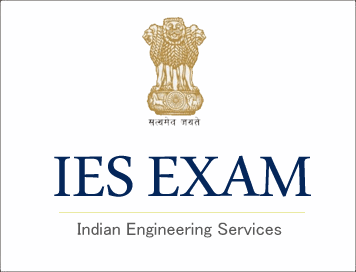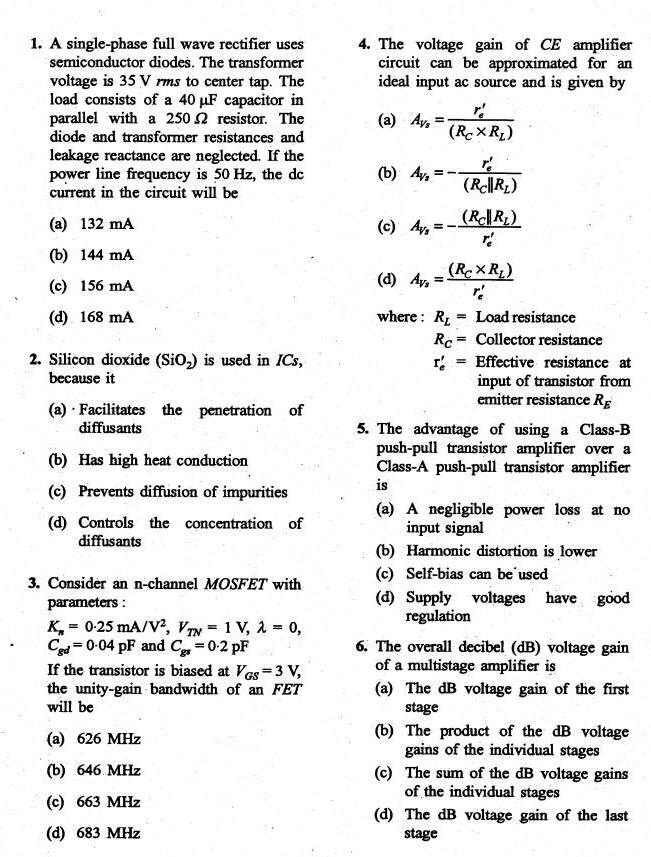Maternity scheme beneficiaries (Mint)
Mains Paper 2: Governance
Prelims level: Pradhan Mantri Matru Vandana Yojana
Mains level: Government policies and interventions for development in various
Sectors and issues arising out of their design and implementation incl. Housing
Context:
- A vital programme to support lactating mothers and pregnant women by
compensating them for loss of wages during their pregnancy has been able to
reach less than a third of the eligible beneficiaries.
- The researchers who extrapolated from data obtained under the Right to
Information (RTI) Act said.
Pradhan Mantri Matru Vandana Yojana:
- Almost 61% of beneficiaries registered under the Pradhan Mantri Matru
Vandana Yojana (PMMVY) between April 2018 and July 2019 (38.3 lakh out of
the total 62.8 lakh enrolled) received the full amount of ₹6,000 promised
under the scheme, according to an RTI reply.
- However, the researchers, who are development economists, assert that
since the scheme failed to reach at least 49% of all mothers who would have
delivered their first child (an estimated total of 123 lakh for 2017
according to the researchers), the scheme was able to benefit only 31% of
its intended beneficiaries.
- The PMMVY is targeted only at women delivering their first child.
- A cash amount of ₹6,000 is transferred to the bank account of the
beneficiary in three instalments upon meeting certain conditions including
early registration of pregnancy, having at least one ante-natal check-up and
registration of child birth.
The stipulated conditions:
- The scheme brings under its ambit 23% of all births and pays full
benefits to a mere 14% of all births, which was at 270.5 lakh for 2017.
- The meagre reach calculated is also an overestimate, asserts Ritika
Khera, Assistant Professor, IIM Ahmedabad.
- The actual number of beneficiaries would have been higher for 2018-2019,
she contends, as the figure increases from one year to the next.
- The data extrapolated from the RTI reply is also consistent with a
survey coordinated by three development economists Jean Dreze, Anmol
Somanchi and Ms. Khera.
- The survey was conducted to assess the implementation of the scheme.
- The survey team covered a district each in six States — Chhattisgarh,
Himachal Pradesh, Jharkhand, Madhya Pradesh, Uttar Pradesh and Odisha — in
2019 to interview women and inspect anganwadis.
- A total of 706 women were interviewed, including 342 pregnant and 364
lactating women.
Inadequate awareness:
- The study found that only 50% of pregnant women and 57% of nursing women
surveyed were eligible for the scheme.
- It also throws light on the need for higher awareness among the pool of
beneficiaries — only 66% of pregnant women and 69% of nursing women knew
about the scheme. Only 8% of pregnant women and 23% of nursing mothers
received some benefits.
Shortcomings:
- Several factors impeded proper implementation of the programme that aims
to fight malnutrition among children.
- These include an application form of about 23 pages, a slew of documents
such as mother-child protection card, Aadhaar card, husband’s Aadhaar card
and bank passbook aside from linking their bank accounts with Aadhaar.
- The requirement to produce the husband’s Aadhaar card results in
excluding women who may be living with men they are not married to, single
mothers and those who may be staying at their natal home.
- Women must also have the address of their marital home on their Aadhaar
card, which often results in newly weds being either left out or forced to
go from door-to-door when pregnant and needing rest and care.
- Odisha, which decided to not implement PMMVY because it has its own
State-sponsored scheme called ‘Mamata’ that includes two births, has a few
lessons to offer through its near universal coverage.
Way ahead:
- According to the survey, 95% of pregnant women and 89% of nursing
mothers had been enrolled, the level of awareness was more than 90% among
the two categories of women.
- However, there were long delays in transferring the cash amount to the
beneficiaries resulting in only 35% of all women who were pregnant and 67%
of all nursing women receiving some benefits.
- The survey findings also highlight the need to pay greater attention to
the special needs of pregnancy good food, extra rest and health care.
- Only 22% of the nursing women surveyed reported that they had been
eating more than usual during their pregnancy and the average weight gain
was barely 7kg when it should be at least 13-18kg.
- Almost all the respondents had done household work regularly during
their last pregnancy.
- 21% of nursing women said that they had no one to help them with
domestic chores and 63% said that they had been working right until the day
of delivery.





